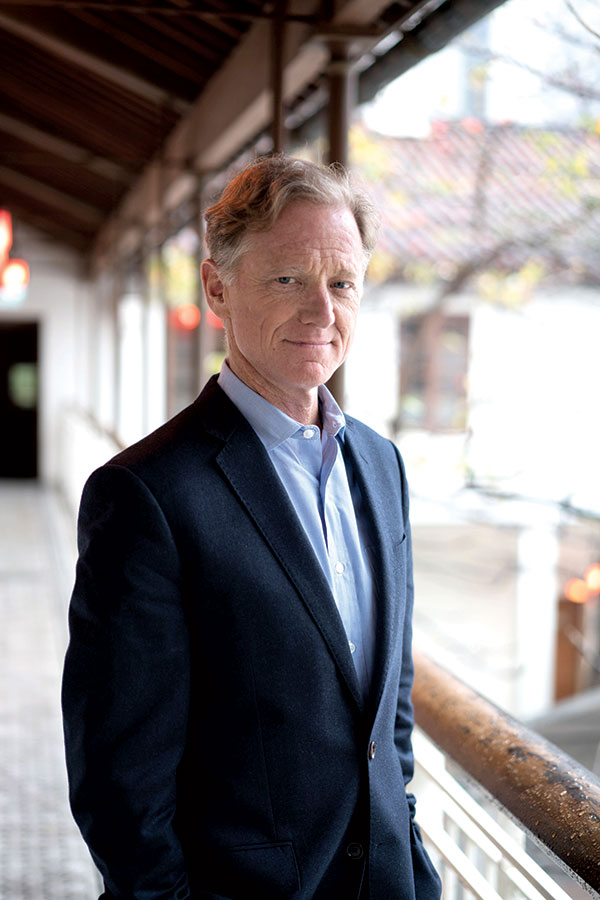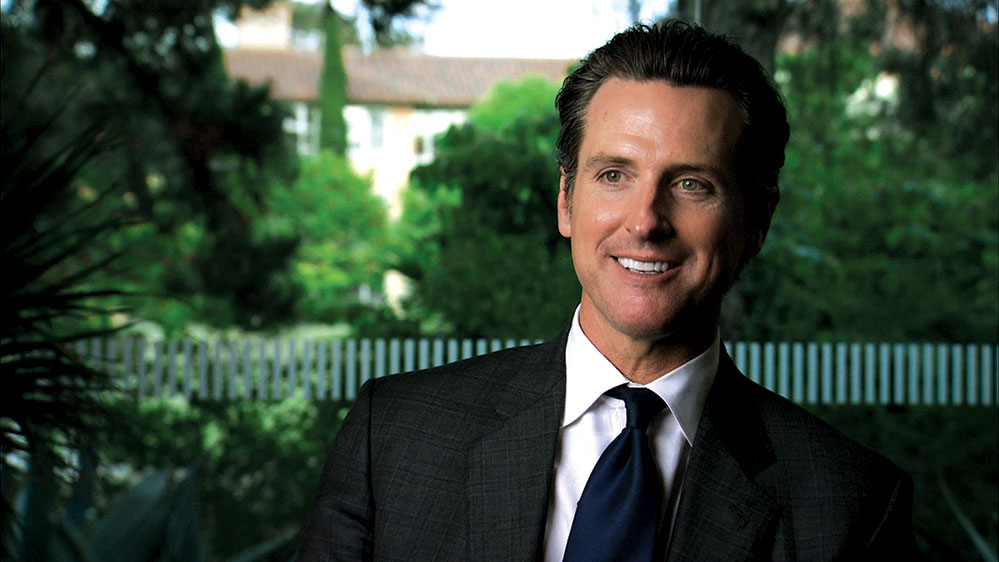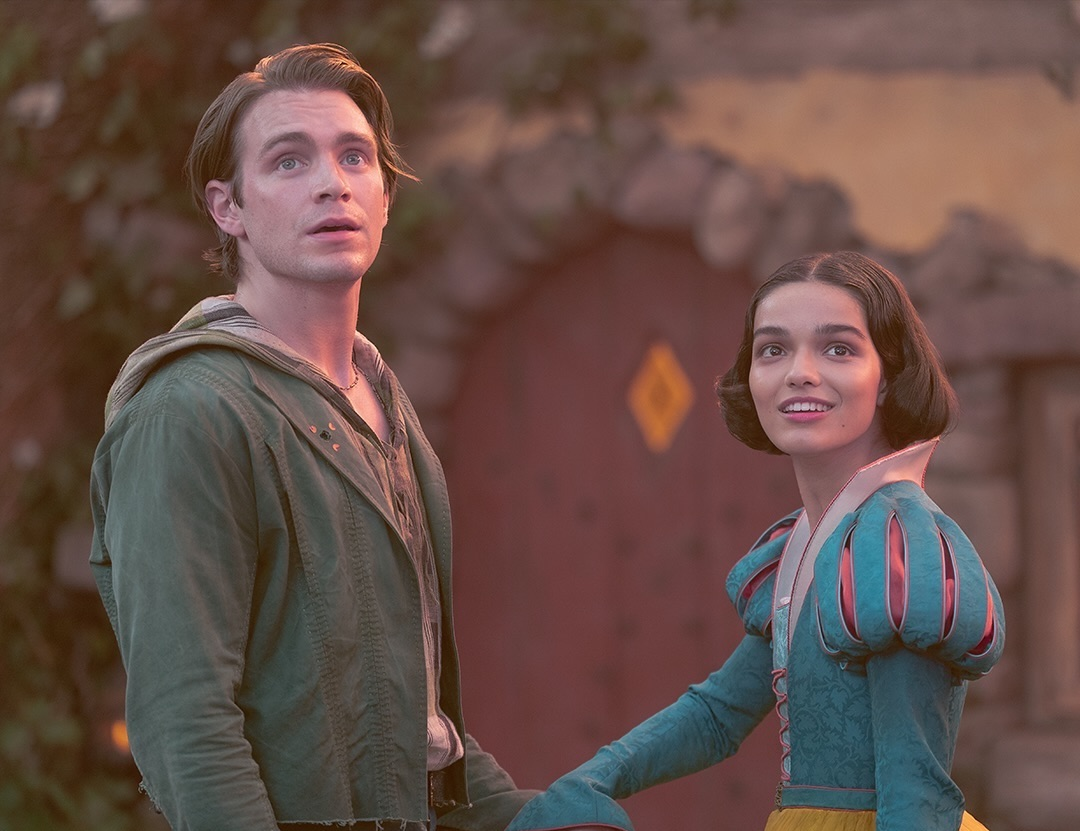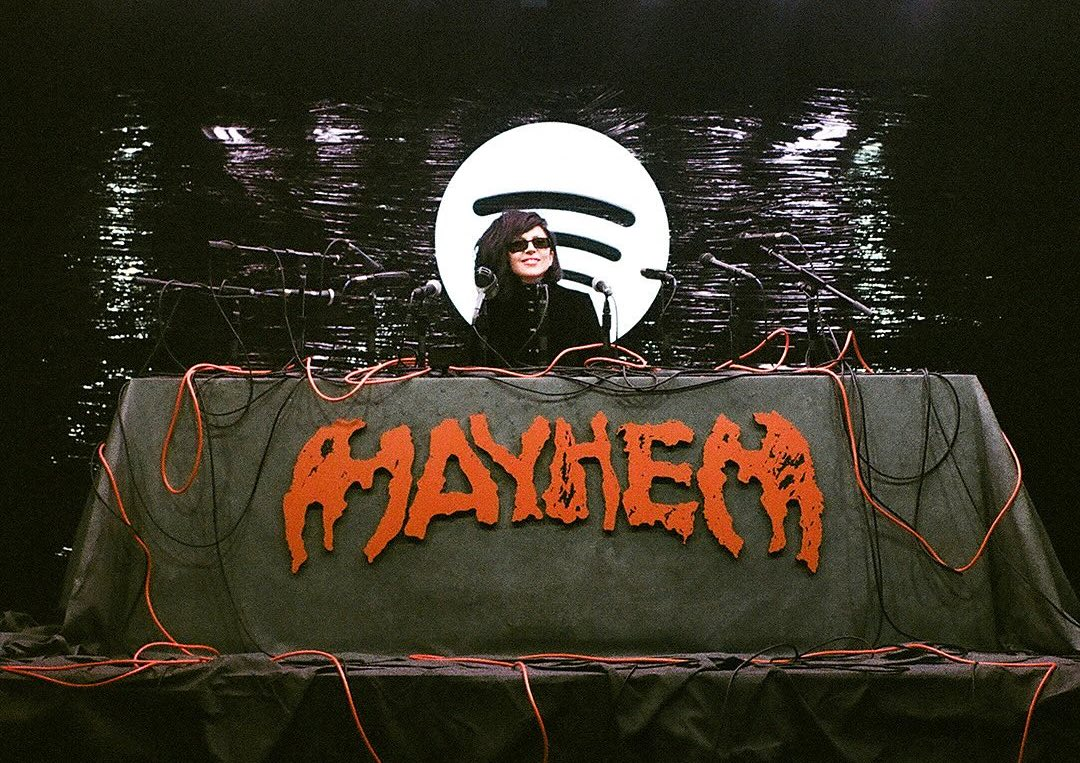James Redford Crafts Film Meant to Dispel Ignorance About Dyslexia
Apr 27, 2016

All the usual misconceptions about dyslexia James Redford has heard before. The filmmaker says most people don’t know what the condition is, and that when they hear the term they think it’s a fancy word for stupidity or laziness. Such ignorance is pervasive – shockingly so, considering that one person in 10 has some degree of dyslexia.
Redford’s son, Dylan, is dyslexic. It inspired Redford to make a documentary about the condition, The Big Picture. The film writer, producer and director, 54, had always been interested in real-life stories that move people. It’s a passion he inherited from his father, Robert, a man who has had many careers on both sides of the camera but is an ardent supporter of documentary film-making. James says he is interested in documentaries because they’re often just the bitter medicine needed to effect a cure for popular ignorance. He sees his job as making that medicine palatable to the public.
“In my life I’ve had a number of issues along the way, health-wise and otherwise, and I became compelled by the power of documentaries and true stories to help solve problems,” Redford says. “The reward for using film to try to tackle problems, for me, was stronger than the basics of entertainment. Documentaries are very difficult. Very often they require a little bit more of the audience, a little bit more education, and are a little bit more intellectual.”
Redford recruited personalities such as the Virgin Group founder Richard Branson, Former San Francisco Mayor Gavin Newsom and investment guru Charles Schwab to speak candidly about their own experiences as dyslexics. The filmmaker says many of the world’s greatest thinkers, artists and scientists were or are dyslexic without the condition dimming their brilliance. But if the condition isn’t recognised early enough and no measures are taken to counter it, it can become an affliction. “If you look closely, you see a high rate of dyslexia among the world’s greatest thinkers and entrepreneurs,” Redford says. “But you also see a high amount of dyslexics in the American prison system because if they aren’t given support in spite of their trouble with reading it can cause a spiral into despair and often leads to hopelessness and all kinds of other problems.”
Redford says the toughest phase of a child’s education is learning to read and write, because it requires them to interpret symbols and put them together. If a child cannot make the connection between the symbols and the spoken words they represent, then problems arise that may go beyond the classroom. “For people who don’t have dyslexia, they see a word and it’s automatic, they just know the word,” Redford says. “Dyslexics have to think through and read slowly. It’s mechanical, it’s slow, it’s grinding, it takes a lot of labour. For children who struggle with reading, they may have trouble paying attention. They may go to great lengths to avoid reading in class in front of other students. They may have unexplained stomach aches or headaches and go to the nurse’s office; anything to avoid reading in class. Sometimes that can look like they’re trying to be difficult, but they’re misunderstood.”
Redford says adults who have suffered from dyslexia all their lives tend to develop tricks for getting round the obstacles it throws in their paths. “So someone might say, ‘I realised that every time I read something I had to use a yellow highlighter because that really helped me memorise,’” he says. American novelist John Irving, who was greatly hampered by dyslexia, had to have assistants go over all his writing, looking for mistakes. But Irving’s ability to tell a powerful story with engaging characters was unhampered.

Even tougher is being dyslexic without knowing it. Redford has met adults that have struggled with dyslexia all their lives without being aware of their condition. “I have been to about 50 screenings, and the saddest discussion that I have is with the older people who come up to me afterwards,” he says.
“Usually, they’ve waited till the crowds have gone away, and they say, ‘You know, if I had only understood why I couldn’t read, my life would have been very different,’ because to be dyslexic in the 1940s or 1950s was just to be thought of as stupid, and people were so embarrassed by their trouble with reading, because it automatically made them ineligible to do well,” Redford says. “They would go to extraordinary lengths to avoid and hide, and if you can imagine going through your whole life trying to hide something that difficult, that would really shape your life in not a great way.”
The filmmaker acknowledges that there is greater popular awareness of dyslexia nowadays, simply because we live in more open times and have greater knowledge, including what modern science has taught us.
“It was really in the early nineties when a number of different scientists from around the world started to use the functional MRI – the magnetic resonance imagery that shows how the brain works in real time – that they began to notice discrepancies with how certain people who were struggling to read were processing the information in different regions of the brain. That became the scientific basis for dyslexia, and it was proven beyond a doubt with solid medical researches by researchers at Harvard, Yale, Stanford, Berkeley, that this is a neurological issue. It’s not a moral failing. It’s not an intelligence failing. It’s a neurological issue.”
Dylan’s dyslexia prompted Redford to learn more about the condition. The filmmaker was relieved by what he found. And he found it liberating and cathartic to work on The Big Picture with his son. “It was an easy film for me to make because all I had to do was ask myself, what film do I wish I had seen when my son was six years old? And so I knew what kind of story to make, and how to express things like that. At the same time, when we made the film we thought it was going to be a very small movie that might be seen by a few people. However, it went on to get quite a bit of attention, and it did get a bit complicated for my son, because he grew up and matured into a man, but this movie sort of has him stuck in time.”
The film has drawn a big audience. Redford says proudly that about 1 million people watched it on cable television outlet HBO. But he is more proud that the work led to the creation of an online community of concerned parents and the formation of an organisation run by parents called Decoding Dyslexia. He says thousands of members offer each other support online.
“Very often, parents are the ones who can make the biggest change and, certainly in America, parents have been leading the charge for better policy: more assessment in public schools, more support and more training for teachers,” Redford says. He advises parents that suspect dyslexia in their children to not feel ashamed or embarrassed. “Children will feel that way enough on their own at that age. I want other families to know that what’s hard when kids are seven- and eight-year-olds does not mean it’s going to be as hard when they’re older.”































